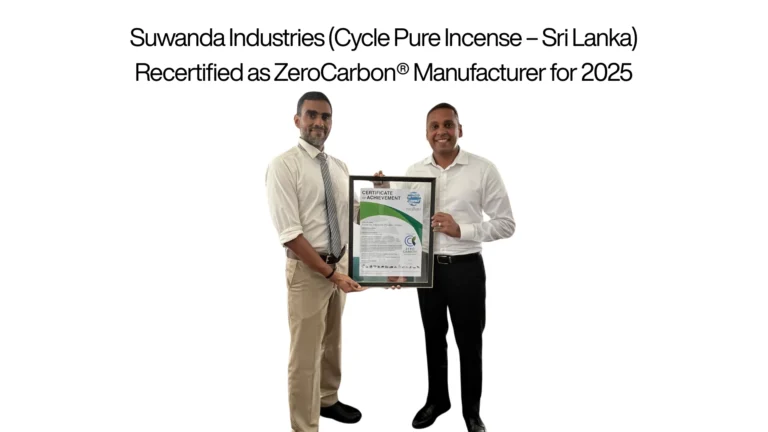Port City Colombo is closer to “investment-ready” than at any time since 2021. The rulebook has been clarified, phase-one utilities are complete, and Cabinet has green-lit amendments to sharpen the regime. The next question is simple: can the zone deliver fast, predictable approvals and real operating tenants over the next 12 months?
Governance: same backbone, incremental fixes
The legal spine remains the Colombo Port City Economic Commission Act, No. 11 of 2021, with the Commission as single window for licences in-zone and coordination with national agencies. In mid-October 2025, Cabinet approved drafting amendments aimed at strengthening investor protections and competitiveness. This signals continuity with targeted improvements rather than a rewrite, a positive for predictability.
Incentives: clearer pathway for “strategic” projects
A fresh Regulation No. 01 of 2025 sets guidance on tax and duty relief for Businesses of Strategic Importance. It clarifies eligibility, tenure (generally five years), and process, replacing earlier fragmented guidance. Advisory notes from tax firms urge investors to align structures to these criteria and document substance early to avoid delays at approval and audit stages. The incentives are meaningful, but conditions and timelines are strict; failure to meet milestones can void status.
Utilities: first-phase infrastructure is now live
The biggest practical shift in late-2025 is physical. Port City has completed all utility infrastructure projects for phase one: integration of water and electricity with the Colombo grid, operational wastewater and drainage, and an underground utility tunnel a first in Sri Lanka which consolidates services and reduces future disruptions. Multiple outlets, including Commission-aligned and independent media, reported the milestone in the past week. For tenants, this cuts execution risk and shortens the time from lease to operation.
Positioning and scale: promise vs proof
The vision still targets a foreign-currency designated services hub on ~269 hectares, with long-run private investment aspirations of ~US$20 billion. That branding has weight only if permits, leases and licences move on schedule and early tenants go live. The next six to twelve months will define reputational gravity: real offices opening and revenue flowing, not renderings.
How the process works today
- Concept and fit. Investors begin with a concept note and dialogue with the Commission to confirm sector fit and incentive eligibility.
- Term sheet and checks. Land/space terms are negotiated while KYC/UBO checks run.
- Licence and permits. Applications go through the single window; where activities touch national regulators (e.g., prudential finance, audit, law), joint frameworks apply.
- Utilities and go-live. With phase-one utilities commissioned, hook-ups and inspections should be quicker, though tenants must still meet safety and environmental standards.
What is working
- Rule clarity has improved. The 2025 incentives regulation reduces ambiguity and centres decision-making.
- Infrastructure is de-risked. Completed utilities and the service tunnel remove a common execution worry for first movers.
- Government signalling is aligned. Cabinet’s amendment push shows willingness to refine the regime in response to investor feedback.
What still needs proof
- Speed and transparency. Publish service-level targets and actual median approval times each quarter. A dashboard would convert claims into evidence.
- Boundary with national regulators. Where activities overlap (banking, capital markets, audit, law), issue joint notices that map standards and sequence. That kills duplication and forum shopping.
- Dispute resolution that works. Arbitration clauses matter only if interim measures and award enforcement function in practice. Early case transparency, even anonymised, would build trust.
- Anchor tenants beyond real estate. Services anchors treasury centres, legal and audit hubs, registries validate the “international services” promise faster than new towers.
Macro tailwinds and headwinds
Stabilisation helps. The IMF fifth-review staff-level agreement in October 2025 underlines macro continuity and aids sovereign perception useful for any international hub pitching long-horizon leases. But global risk appetite is mixed, and regional rivals like DIFC, ADGM and GIFT City are wooing the same firms with mature playbooks. Port City’s edge must be time certainty and cost-effective operations; without that, the opportunity will slip to incumbents.
Practical guidance for investors
- Start early on incentives dossiers. Align your business plan with Regulation 01 of 2025 and assemble proof of activity, headcount, and capital spend before formal submission.
- Map approvals with both regulators. If you are financial or professional services, request a written regulator map at the outset to avoid rework.
- Budget realistic fit-out timelines. Utilities are ready, but inspections and compliance checks still take time; schedule contingencies.
- Write tight dispute clauses. Choose arbitration rules and seats that are enforceable locally and abroad; confirm local court support for interim relief.
- Plan for substance. Regulatory arbitrage won’t fly; build real presence and governance to match incentives.
Policy checklist for the next 12 months
- Launch a regulations portal with version control and effective dates.
- Publish quarterly approval metrics and appeal outcomes.
- Issue joint supervisory guidance with national regulators for finance and professions.
- Codify incentives governance (criteria, committee composition, conflict rules) to avoid discretion risk.
- Showcase first operating tenants with process timelines and costs to prove the lane is clear.
Bottom line
As of October 2025, Port City has cleared two big hurdles: clearer incentives and live utilities. The third hurdle is the hardest and the most valuable: operational credibility. If licences and leases convert into functioning businesses at predictable speed, the hub graduates from promise to platform. If not, it risks remaining a well-engineered site waiting on certainty. The next year will decide which story sticks.














